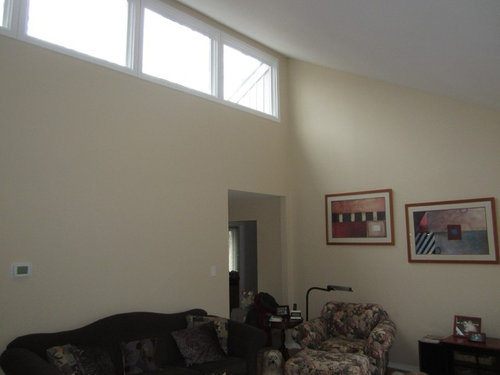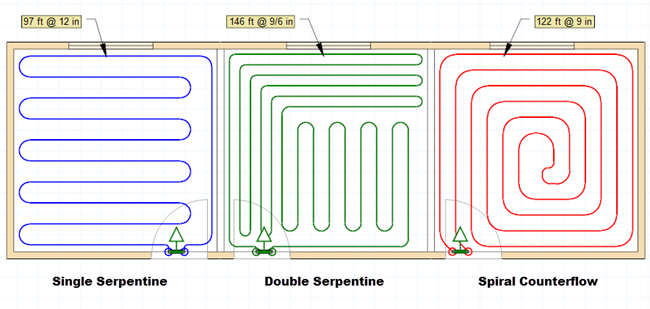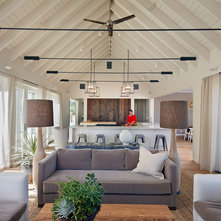


The equal parallel sides are generally enclosed below the roof rafters, and thus built with the same pitch as the roof. It is mostly a carved or arch-type structure. The sides or wall, not always being symmetrical, do not meet at the roof center. The sloping sides meet at the center of the roof (at the ridge running across the length of the room). One wall of the ceiling may be steeper than the other side hence, sides of the ceiling have unequal slopes or there might just be one sloping side. The walls on both sides of the ceiling have equal slopes. It does not directly meet the roof’s framework. It is attached to or built according to the roof structure. The ceiling need not be equal to the pitch of the roof. The ceiling is usually equal to the pitch of the roof. Difference Between Cathedral and Vaulted Ceilings The lowering slope of the wall makes the room look larger, adding to its volume. Stone, brick, wood, or reinforced concrete is used in building a vaulted ceiling. The groin vault is another type that is built at the intersection of two barrel vaults. The barrel vault is a popular type with semicircular arches. A vaulted ceiling basically refers to an arched construction. It is a ceiling with either one or two sloping sides, with an unequal slope forming a peak near the roof. A tall and huge interior enclosing the base of the room is the highlight of this ceiling. The room is, thus, opened up to its highest possible point, maximizing the utilization of space. It has parallel walls, tapering towards the center of the structure. It refers to a tall, central, symmetrical ceiling, which is usually as seen in old churches. And, of course, it definitely works as a style statement.

Though there are various types of ceilings, the cathedral and vaulted ceilings are preferred by many for the dramatic effect they give to the home spaces. Inspired from these huge and decorated ceilings of the old monuments such as the cathedrals, people have beautified their homes in a similar fashion lately.

The ceiling forms a very crucial part of this interior, which lends it the magnanimity and splendor. The grandeur of these structures gets us thinking about its details. The crafting of their interiors must have taken no less effort. One such magnificent example of historic architecture are the Cathedrals. Is it just because they were built some hundreds of years ago? Certainly not! There is more to it than just the history. Of the many masterpieces, certain heritage buildings have a different charm altogether. If we observe keenly, an innate style of design in every building inspires its architecture. DecorDezine explains about these and such other differences between the two in the following write-up.Ĭathedral and vaulted ceilings make a room look larger, spacious, taller, dramatic, and brighter! Cathedral and vaulted ceilings differ primarily in their slopes and framework near the rooftops.


 0 kommentar(er)
0 kommentar(er)
